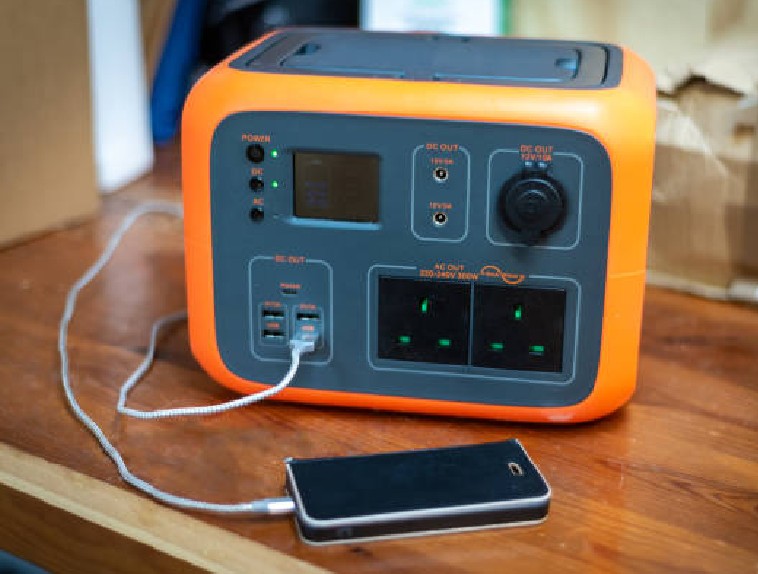Technology seems to always start out huge and bulky and becomes smaller, streamlined and faster as it is refined; and because it seems to need less input from humans, we either embrace it intuitively or we reject it and act disinterested. Sometimes we embrace technology so strongly that we begin to feel it is virtually infallible, or we expect it to supersede all previous technology. Not so.
Those who reject it and act disinterested soon discover that they have been left behind and often are considered no longer qualified for their positions. It is then too late to play catch up.
We have learned two lessons from a short review of technology in the last fifteen years. First,technology cannot stand alone. The second lesson is human skill, ingenuity, imagination and hard work are required for the successful integration of the technology into the process. That’s where this issue comes into focus.
Guest writer John R. Ferris of General Motors reports that “Electric vehicles (EVs) are expected to account for as much as 15 to 20 percent of annual vehicle sales worldwide, which means millions of vehicles that use electrons as power will be plugging into the grid.” He then explains what this means for inspectors and those who write electrical codes.
Chris Hunter explores the choices available to car buyers who choose battery electric vehicles or plug-in hybrid vehicles. She discusses the three levels of charging, the time required and the costs involved.
John Wiles says that “PV systems were just the start of a parade of technology changes that will affect large segments of the electrical power distribution and premises wiring systems, and the inspection requirements for those systems.” Then he discusses both the changes and the challenges involved, moving through electric vehicles, large energy storage systems, the Smart Grid, and renewable energy systems.
Jonathan Cadd highlights “some of the major requirements inNEC-2011 that address the new technologies” and how they affect the work of electrical plan reviewers.
Andy Cartal demonstrates that “hazardous locations” often exist in other than Article 500 installations. This may be a topic that should be considered for discussion and investigation.
“Complacency causes accidents,” stresses new writer, Steve Foran. “Although many other factors come into play in the prevention of accidents, few are simpler to overcome than the state of being complacent.” Steve tells a good story to prove his point.
“Because meter sockets are now being installed on the other side of a customer’s load center, as part of PV installations, it is important for an inspector to understand the terminal configurations to help ensure the equipment was installed in a safe manner.” Pete Pfeifer of Tucson Electric Power teaches us how to identify performance meter socket configurations.
Randy Hunter continues teaching the requirements for electrical installations. He covers high leg, arc flash hazard warning, required labeling by manufacturers, identification of disconnecting means, available fault current—marking and modifications—and then spaces about electrical equipment.
For those eager to improve their electrical calculations skills, Steve Vidal returns with some more basic information. “Electrical calculations generally fall within two categories: dc circuit analysis and ac circuit analysis.” He walks us through two examples of ac circuit calculations involving resistors, two ac circuit calculations involving inductors, and one voltage-drop calculation.
“When one of the nation’s leading technical institutes sets out to design a new center for computer, information and intelligence sciences, top-quality electrical power was high on the list of must-have features. Why? Because all of the sensitive electronic equipment in the center would need clean, stable power, or the equipment simply would not work as it should.” So begins David Brender’s case study of the Ray and Maria Stata Center at MIT.
Emerging technologies are powerful, dynamic and ever-changing—but they are not infallible, nor will they replace all previous technologies. Most of all, in our industry, they need us and our skills in protecting the public, in shaping appropriate rules of usage, in giving insight from our experience. That’s what this issue is about—our learning about and embracing these emerging technologies so that we can all win.
This is the sure way to win.










Find Us on Socials